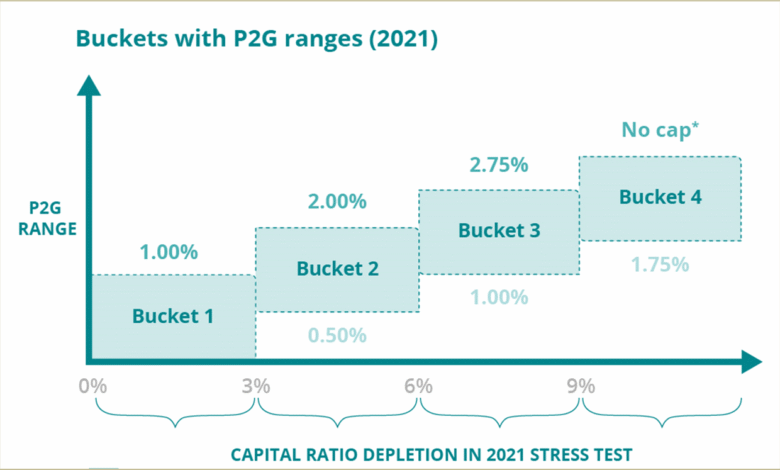ECB Retail Savings to Capital Markets: Proposal Explained

The recent ECB Retail Savings to Capital Markets proposal has sparked significant debate within the financial community and beyond. This initiative seeks to create standardized retail savings products that would redirect a portion of consumer savings directly into EU capital markets, thereby enhancing investment opportunities across various sectors. Advocates argue that these new savings instruments, bolstered by enticing tax incentives, could invigorate the market and support crucial EU projects. However, this bold move has also ignited criticism, with some labeling the proposal as reflective of Marxist principles in the ongoing Marxist economy debate. As we explore the implications of the ECB’s proposal, it becomes vital to understand how retail savings can be transformed into capital markets investment for the future of the European economy.
In contemporary discussions about economic strategies, the concept of redirecting consumer savings to bolster capital markets has emerged as a potential game-changer. This innovative plan, which features the introduction of novel savings instruments under a new EU savings standard, aims to enhance investment in vital sectors such as technology, healthcare, and finance. By implementing tax incentives and ensuring accessibility across Europe, this initiative hopes to streamline the flow of retail investments into the capital market landscape. Meanwhile, critics continue to engage in a broader debate, linking the proposal to historical precedents in economic policy and questioning its alignment with market freedom. Understanding these dynamics can offer insights into the future trajectory of retail savings products within the capital markets framework.
The ECB Proposal: Redirecting Retail Savings to Capital Markets
The European Central Bank (ECB) has put forward an ambitious proposal aimed at redirecting retail savings into EU capital markets. By introducing standardized savings products, the ECB intends to mobilize a significant portion of individual savings towards productive investments within the European Union. These savings products are designed to appeal to a broad spectrum of investors by offering attractive tax incentives. The hope is that this strategic redirection will strengthen the capital markets, encouraging public participation and ultimately contributing to the financial stability of the EU.
This initiative is not merely about creating new financial products; it reflects a broader vision of incorporating retail savings into the fabric of European economic policy. By channeling funds into areas such as technology and healthcare, the ECB aims to boost critical sectors that are vital for innovation and growth. While the proposal has received criticism and sparked debate, its potential to invigorate capital markets cannot be overlooked, as it aligns with the EU’s priorities of fostering economic resilience and competitiveness.
Frequently Asked Questions
What is the ECB proposal for directing retail savings to capital markets?
The ECB proposal aims to create new, standardized savings products that redirect part of retail savings into EU capital markets. This initiative seeks to enhance capital market development and finance EU priorities through the attraction of savers with tax incentives.
How does the ECB plan to implement the EU savings standard for capital markets?
The ECB plans to implement the EU savings standard by classifying various products like accounts and investment vehicles as ‘savings and investment’ instruments. This includes leveraging tax incentives and ensuring broad adoption across European nations to increase participation in capital markets.
What sectors could benefit from ECB’s retail savings to capital markets initiative?
The ECB’s initiative to channel retail savings into capital markets is expected to target investments in critical sectors such as financials, industrials, information technology, and healthcare, aiming to energize the European economy.
Why has the ECB proposal to shift retail savings to capital markets faced criticism?
The ECB proposal has faced criticism and has been labeled as Marxist by some critics who argue that it represents a form of central planning that dictates where individuals’ savings should be invested, raising concerns over individual financial freedoms.
What are the potential benefits of redirecting retail savings to capital markets according to the ECB?
The ECB suggests that redirecting retail savings into capital markets can benefit both savers and companies by optimizing liquidity, which can lead to greater investment productivity and help finance EU priorities effectively.
How does the ECB proposal relate to the Marxist economy debate?
The ECB proposal has entered the Marxist economy debate as critics argue that the forced redirection of retail savings into capital markets mimics historical government interventions seen in Marxist economies, leading to a discussion about personal versus public investment freedoms.
What role do tax incentives play in the ECB’s retail savings to capital markets strategy?
Tax incentives play a crucial role in the ECB’s strategy by making the new savings products more attractive to savers, thereby encouraging participation in EU capital markets and increasing investment across the region.
What risks might savers encounter with the ECB’s new savings products aimed at capital markets?
Savers could encounter risks such as market volatility and the potential for lower returns than traditional savings accounts, as investments through capital markets carry inherent risks that savers must consider before participation.
| Key Points |
|---|
| ECB proposes new standardized savings products to channel retail savings into capital markets. |
| Aim is to enhance EU capital markets and finance EU priorities through investments in key sectors. |
| The proposal has received criticism on social media, being labeled as ‘Marxist’ or ‘communist’. |
| Incentives will be offered to attract savers and create a standard across European nations. |
| Critics express concerns over government control of savings and investment decisions. |
Summary
The ECB’s proposal on directing retail savings to capital markets aims to revamp the investment landscape across Europe. By introducing new savings products with attractive tax incentives, the ECB hopes to mobilize private savings into productive economic sectors, thereby strengthening the overall financial stability and growth of the EU. However, the proposal has sparked significant debate, with critics questioning the implications of such a move, labeling it as a potential overreach of government authority over individual savings. This discourse highlights the broader tensions between state influence and market freedoms in contemporary economic policy.




